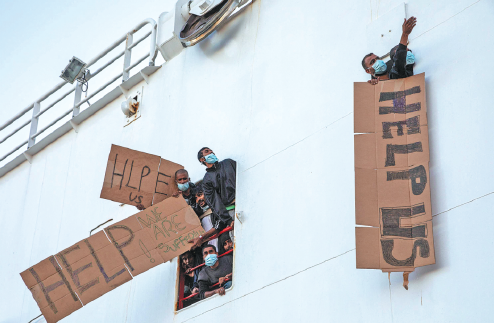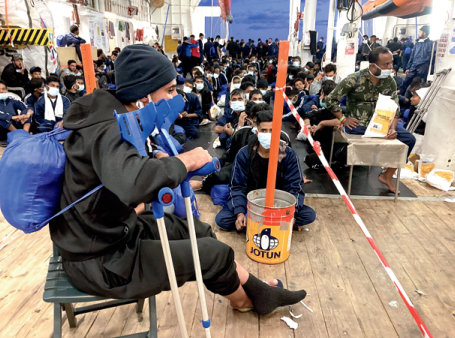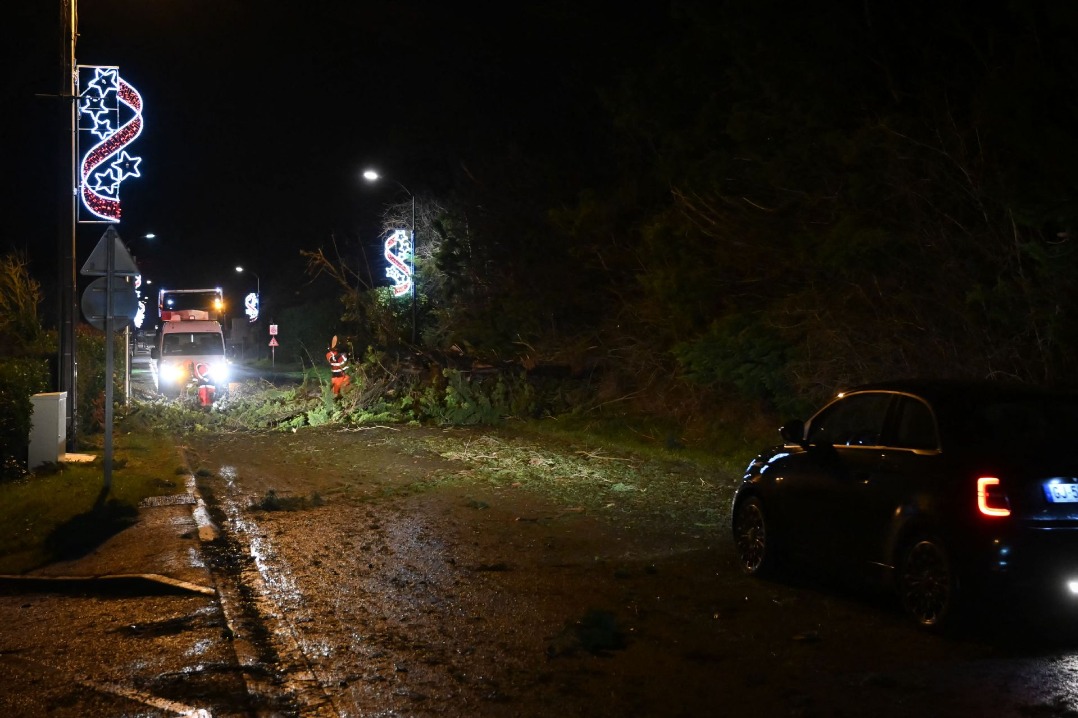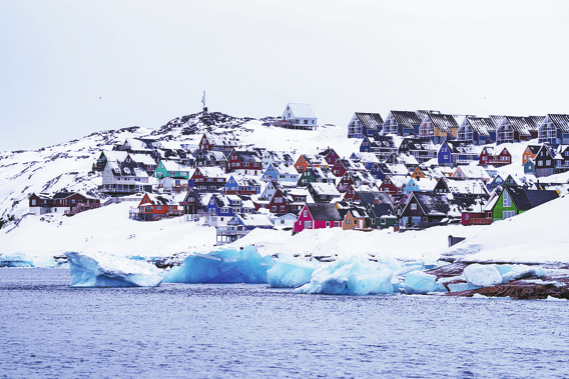Europe stares at refugee crisis

Editor's note: The influx of refugees pouring into Europe has taken a heavy toll on the continent, with the crisis showing no signs of easing. This page takes a close look at migrant crossings in the Mediterranean Sea as well as the English Channel.

Provision of aid hampered by confusing policies, pandemic and Ukraine conflict
The number of migrants attempting to reach Europe in dangerous small-boat crossings of the Mediterranean Sea has surged this year.
Early last month Italy's coast guard scrambled to rescue about 1,200 asylum-seekers and migrants in distress in the Mediterranean in a single weekend. On the weekend of March 25-26 the authorities reported that 3,600 migrants in 59 vessels had been rescued.
More than 30,000 migrants are known to have landed in Italy in small boats or to have been rescued and brought ashore this year, compared with nearly 7,000 between January and the beginning of April last year, a report by the United Nations High Commissioner for Refugees said.
Since 2014 more than 26,000 people are reported to have died or gone missing trying to cross into Europe by sea, the International Organization for Migration's Missing Migrants Project said.
More than 20,000 of the deaths or disappearances had taken place in the central Mediterranean, between North Africa and Italy and Malta, where more than 440 people have died this year, it said.
In February at least 64 men, women and children drowned when their wooden boat broke up off the Italian coast in southern Calabria. Their vessel had set out from the Turkish port of Izmir four days earlier on a 1,600-kilometer journey.
Michelle Mittelstadt, director of communications for the Migration Policy Institute in Washington, said the fact that migrants continue to attempt the perilous journey is evidence of two things.
"Firstly, that the forces impelling migrants' movement are so powerful that they will undertake trips they are well aware are dangerous and even deadly. Migrants are rational actors and their migration is rarely truly spontaneous. Given the costs in financial, personal and other terms, the decision-making calculus is typically a considered one, and the journey risks factor into that.
"Secondly, policies aimed uniquely at enforcement cannot succeed over the longer term, if not paired with other responses, including the opening of pathways for legal migration, humanitarian protection, development and cooperation with other countries.
"If countries don't address the reasons why migrants are willing to put themselves in the hands of smugglers and climb into often barely seaworthy boats to embark on what is the world's deadliest sea crossing, deterrence measures cannot succeed on their own."

The 2015 European migrant crisis, which produced an influx of refugees, many of whom were fleeing conflict in their home countries in the Middle East and North Africa, led to a significant political debate in Europe about how to handle the issue. The debate included responses to the need for more asylum centers, and, in some cases, the idea of building fences along borders.
However, much has changed since 2015 at the European Union and national levels.
"Significant learning and progress … took place in areas such as information collection and sharing, the creation of coordination mechanisms at EU level, the development of some early warning capacity, and the dedication of greater resources," Mittelstadt said.
Lessons learned about the fragility of countries' asylum-handling systems were useful as Europe responded to the displacement of millions of people as a result of the Russia-Ukraine conflict, with the EU activating its Temporary Protection Directive, which spared asylum systems case-by-case determinations.
Until recently there has been a stalemate concerning changing the EU's asylum system, and it is unclear whether plans for the wider distribution of refugees, and other proposals to overhaul it, will be implemented, Mittelstadt said.
Warmer-than-expected weather and calm winds this year have been ideal for people wanting to risk a crossing of the Mediterranean Sea, the UNHCR report said.
Another reason for the surge may be the current political and economic turmoil in Tunisia, from which many boats leave.

































